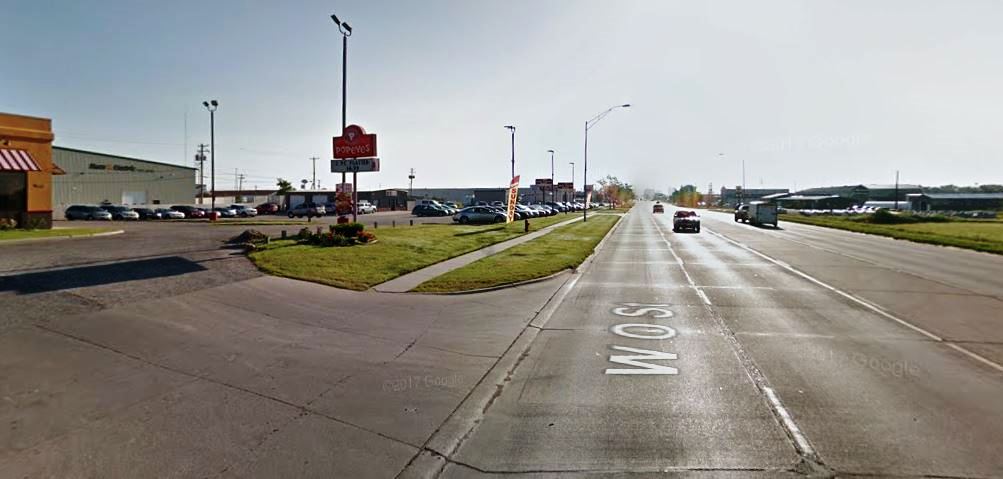Transitions—whether towards devitalization or revitalization—can be either internally (proactive) or externally (reactive) triggered. And they can be either incremental or sudden.
Devitalization can chip away at a community for years, but never create enough pain to trigger a response. Or it can pounce on a community, such as the loss of the major employer or a natural disaster. But the result is the same: one day folks wake up and realize their future looks bleak. The key lesson is that transitions are constant: only the speed varies. Thus, the need for an ongoing process of repurposing, renewing, and reconnecting (the 3Re Strategy).
Baltimore, Maryland‘s famous Inner Harbor revitalization had a simple strategy: create a critical mass of retail, restaurants, waterfront paths, and tourist attractions in one fell swoop, rather than incrementally. That strategy worked beautifully.
But too many of these large-scale redevelopment efforts have been expensive failures. These days, many folks are championing incremental revitalization strategies over such “Big Bang” approaches. In most cases, this is sound advice: too many redevelopment initiatives are driven by a local politician’s need for publicity, and the resulting projects are often too large and too fast (read: poor public engagement and poorly thought-out strategy). But we shouldn’t get too dogmatic about incrementalism. As the Inner Harbor shows, big and fast is sometimes exactly what a place needs.
Tax Increment Financing (TIF) has been around for over six decades. Basically, it’s a way of borrowing against the future increase in tax revenues generated by revitalization, in order to make that revitalization happen. It was created to wean cities off dependency of federal funding…enabling them to raise significant amounts of money to improve their infrastructure so that blighted properties would become more attractive to private developers.
When used properly, the private return on public investment can be very high. But, as with all tools, politicians and developers alike have found ways to pervert it. Used properly, it’s an excellent revitalization tool, but is often 1) misused (such as for sprawl]; 2) abused (such as providing public subsidies for politically-connected private developers); and 3) overused (thus depleting general revenues.
In Lincoln, Nebraska, it’s been over twelve years since the city declared the city’s entire West O Street corridor blighted.
There have been a few redevelopment projects in the area since then, but not the level of renewal that city leaders and property owners had dreamed of.
The solution all of them are now counting on is to declare the entire corridor a tax increment financing (TIF) district. The Lincoln-Lancaster County Planning Commission has recommended approval of the West O Street Revitalization Project, which will hopefull trigger revitalization along West O from Ninth Street to Northwest 70th Street.
But rather than use the “Big Bang” approach of using TIF to attract a single, large “magic bullet” redevelopment project, they will use it to finance incremental renovation of infrastructure along the corridor, such as improving pedestrian access, upgrading sewer and water mains, and replacing street lights.
I (REVITALIZATION publisher Storm Cunningham) used to live near Lincoln, so I’ll be keeping an eye on the West O Street Revitalization Project to see how it turns out.
Image via Google Maps.

